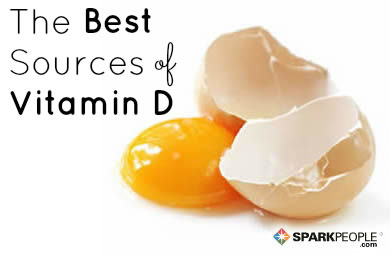|
On busy weeknights when six o'clock sneaks up out of nowhere (again), does the sequence of events at your house go something like this: First, someone hollers that ubiquitous question, "What's for dinner?" Next, you or your significant other play the “The Pantry Showdown,” which involves standing in front of said space, scanning the shelves for the miraculous combination of ingredients that will rescue everyone from the hangry zone. And finally, if luck is on your side, some nights you actually manage to cobble together something that strikes an acceptable balance between yummy and healthy. But then there are other times when nothing meal-worthy can be melded together from the ingredients in your house, and you have to succumb to a last-minute grocery run or takeout. Wouldn't it be nice if your pantry was always stocked with the essentials to whip up delicious, nutritious meals on command, without winding up with a surplus that gets wasted? To find that ideal middle ground--somewhere between meal prep and “Doomsday Preppers”--we've created a list of 10 common foods to have in your kitchen. 1. ChickpeasAlso known as garbanzo beans, chickpeas lend their distinctive, nutty flavor and creamy texture to many different cuisines around the world. Chock full of protein and fiber, they provide a myriad of health benefits, from reduced risk of diabetes and cancer to improved heart health, bone health and digestion. You can find them year-round at most supermarkets, either canned or dried. 2. RiceIt may not seem terribly exciting by itself, but this multipurpose starch forms the foundation for countless cuisines, from jambalaya to casseroles to stir fry dishes. There are many different types of rice: Short-grain, medium-grain, long-grain, brown, white, wild, aromatic and thousands of regional varieties. Brown rice in particular is chock full of antioxidants, minerals and fiber. Stock up on all of them, or just your favorites. 3. PotatoesSpuds may have fallen out of favor during the low-carb craze, but these days they're getting more recognition for their high nutrient and mineral content. Whether they're mashed, scalloped, fried or baked, taters get credit for improving heart health, reducing cancer risk and strengthening bones, among other benefits. 4. QuinoaWith its high content of protein, fiber and good fats, this go-to grain adds a nutritional boost to any dish and keeps you full longer. Registered dietitian Alissa Rumsey adds it to oatmeal, soups, roasted veggies, scrambled eggs and more. "The grain is high in protein, with eight grams in each cup of cooked quinoa," she told U.S. News. "It also has almost twice the amount of fiber as most grains and contains healthy monounsaturated and polyunsaturated fats." 5. Avocado OilWe've long sung the praises of the avocado and its healthy fat content. With benefits ranging from stronger immunity to lower blood pressure to reduced cancer risk—not to mention its delicious taste and smooth, creamy texture—what's not to love? Avocado oil delivers the same healthy fat profile as the whole fruit, with the added perk of a longer shelf life. Keep this adaptable oil in your pantry to add quick flavor enhancements to virtually any recipe. It also serves as a healthy, flavorful substitute for olive oil or butter. 6. Canned VegetablesFresh is always best, but when your produce supply is dwindling and you need a healthy ingredient in a pinch, canned vegetables are a suitable second choice. Today’s canning technologies are able to capture the nutrients, taste and texture of fresh veggies so you can enjoy them at your convenience. Another benefit of canned veggies is that you can find your favorites year-round instead of shopping at the mercy of the season. Plus, the lower cost helps you stay within your grocery budget. 7. OatsIt’s a given that oatmeal is a delicious and energizing way to start your day, but this healthy cereal grain can go well beyond breakfast. Versatile oats can play a role in many different recipes. Whether you enjoy them in bread, pancakes or bars, they add a generous amount of fiber and antioxidants to your diet. 8. NutsNuts have been often criticized for their high calorie count, but the benefits far outweigh any drawbacks. High in fiber, protein and vitamins, this healthy snack could actually help reduce the risk of heart disease and assist with weight loss. They are also a model of versatility: It takes just a second to add your choice of pecans, walnuts, pine nuts or almonds to your favorite salad, soup, yogurt, stir fry or pastry dough. 9. Peanut Butter or Almond ButterPB&J has long been a staple of kids' lunchboxes, but the nutty condiment has made a surprise appearance in many delicious grown-up recipes. Peanut butter falls into the "good fat" camp, delivering generous doses of fiber, protein, potassium, vitamins and antioxidants. Plus, it keeps you feeling fuller longer, curbing the urge to over-snack. (For those with peanut allergies, almond butter serves as an equally healthy and tasty alternative.) 10. Whole-Wheat PastaAny busy parent has turned to spaghetti in a pinch. When it's made with whole-wheat pasta and spruced up with fresh veggies (and maybe some lean meatballs or chicken), it makes a surprisingly healthy and satisfying dish for the whole family. Whole grain pasta has a myriad of benefits over the refined version, including complex carbs for energy, healthier digestion, stronger bones and more efficient muscle recovery. |
More From SparkPeople
|





















